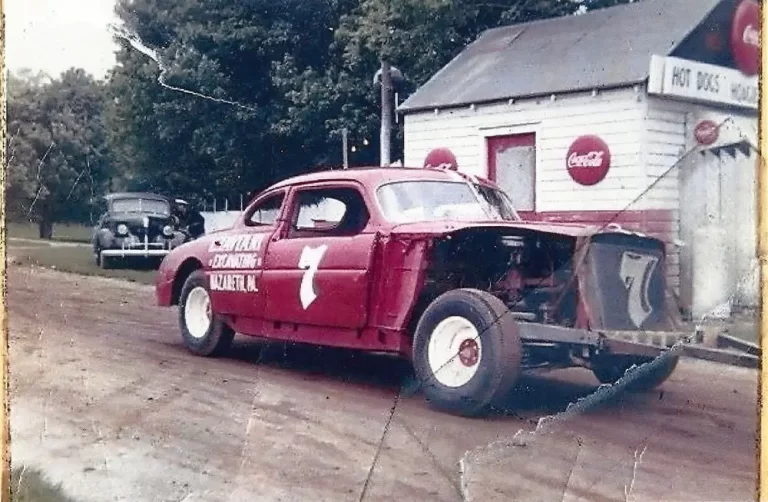
On this day in 1922 Count Louis Zborowski drove his car, Chitty Bang Bang, to victory at the Southsea Speed Carnival in England. The vehicle was built by Zborowski with help from his engineer, Clive Gallop. It and three later cars by the same name, would inspire a book, movie and musical all by the name Chitty Chitty Bang Bang.
During the Carnival, Zborowski reached 73.1 MPH in the chain driven, customized Mercedes that featured a 23-litre 6-cylinder Maybach aero-engine. However, it was capable of much higher speeds. Chitty 1 debuted at Brooklands in 1921. In the first race it took second place with a top speed of 100.75 MPH with a four-seat body. It was refitted with a two-seat configuration and received an upgraded exhaust system, propelling it to more than 120 MPH. This was the first car known as Chitty Bang Bang, three more would be built by Zborowski and Gallop at Zborowski’s home near Canterbury, Kent. The origin of the name is up for debate, but many believe it references the persmission slip needed by WWI soldiers to visit local brothels. Others give credit to aero engineer Letitia Chitty.

After the original Chitty was sold off for parts, Chitty 2 was built with an 18.8L Benz aero engine. That car was not as successful as the first, however it survives as part of a private collection. Chitty 3 was based on a modified Mercedes chassis. It had a 160 hp Mercedes single-overhead-camshaft six-cylinder aero engine that produced 180 horsepower. Zborowski used it as his personal transport. Chitty 4, aka Higham Special, was the last car given the name. It featured a 27 liter, 450 hp Liberty V12 aero engine. It was the largest capacity racing car ever to race at Brooklands.

After Zborowski’s death in 1924 Chitty 4 ended up in the hands of J.G. Parry-Thomas who renamed it Babs. He would pilot the car to a new land speed record of 171.02 mph in April 1926. In March of the next year he attempted to break his own record in the car, but was killed during the attempt in an accident. The car was buried on a beach in Wales, but later recovered and restored. It is now on display at Pendine Museum and Brooklands Museum.

















